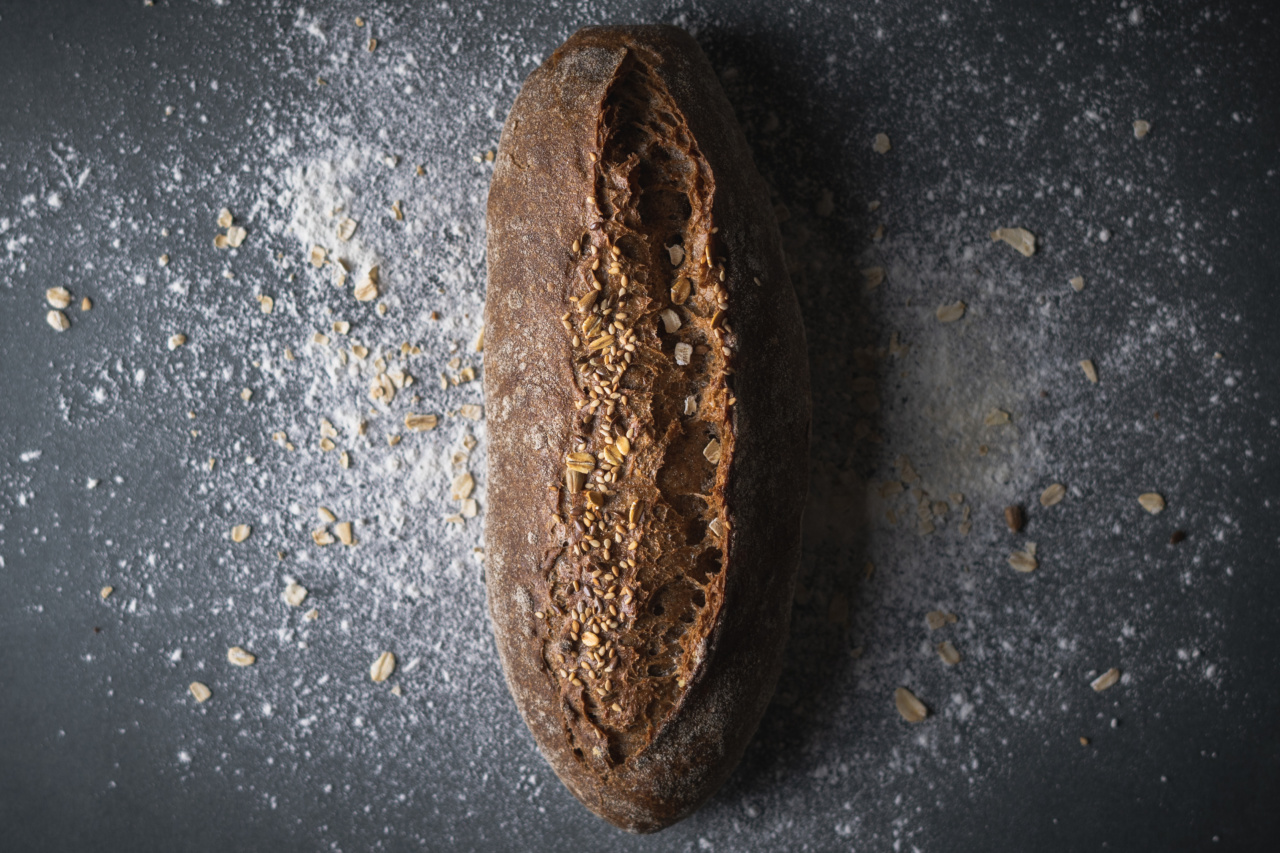Have you ever felt hungry soon after eating a bowl of regular pasta? It may be due to the refined flour in the pasta. However, the solution to feeling fuller for longer lies in switching to wholemeal pasta.
Wholemeal pasta is made from whole grains, which contain the bran, germ, and endosperm. The bran in these grains is high in fiber and provides several health benefits, especially when compared to refined flour.
What is Wholemeal Pasta?
Wholemeal pasta is made from the whole grain. Whole grains are unrefined grains that contain all parts of the grain, such as the bran, germ, and endosperm.
The bran layer in whole grains is high in fiber and nutrients like B vitamins, minerals, and antioxidants.
The Benefits of Wholemeal Pasta:
Wholemeal pasta is a much healthier alternative than white pasta. It has numerous health benefits that make it a good addition to any diet. Below are some benefits of wholemeal pasta:.
1. High in Fiber:
Wholemeal pasta is high in dietary fiber which helps to slow down digestion and keeps us feeling full for longer. It aids in stabilizing blood sugar levels and preventing sudden spikes in insulin levels.
Fiber also promotes good digestion and bowel movements and reduces the risk of constipation and other digestive problems.
2. Rich in Nutrients:
Wholemeal pasta is rich in vitamins and minerals like iron, magnesium, and selenium. It also contains antioxidants which help to protect the body against free radicals that damage cells.
These nutrients are essential for overall good health and can improve energy levels, mood, and immunity.
3. Lower Glycemic Index:
Wholemeal pasta has a lower glycemic index compared to white pasta. This means that it takes longer to digest and absorb, leading to a slower release of glucose into the bloodstream.
This helps to stabilize blood sugar levels and prevent sudden spikes or crashes that can lead to fatigue or diabetes.
4. May Aid in Weight Loss:
Wholemeal pasta can be beneficial in weight loss as it provides a feeling of fullness after consumption. This can lead to reduced calorie intake and prevent overeating.
Wholemeal pasta also stimulates the metabolism, making the body burn more calories even at rest.
How to Incorporate Wholemeal Pasta in Your Diet:
Wholemeal pasta is easy to incorporate in any diet. It can be used to make a wide variety of dishes like pasta salads, lasagna, spaghetti bolognese and many more. Here are some tips on how to incorporate wholemeal pasta in your diet:.
1. Substitute Regular Pasta:
Replace regular pasta with wholemeal pasta in your favorite pasta dishes like spaghetti marinara, pesto pasta or carbonara. You can also use wholemeal pasta to make lasagna or baked pasta dishes.
2. Use it in Salad:
Wholemeal pasta can be used in salads. Just cook the pasta, add some vegetables, and toss with some dressing. You can also add some grilled chicken or salmon for added protein.
3. Make it a Part of Your Lunch:
Pack a meal with wholemeal pasta for lunch. Cook the pasta the night before, and add some chopped vegetables and protein like tuna, chicken, or boiled eggs.
4. Experiment with Different Recipes:
Try different recipes with wholemeal pasta. There are many recipes available online, from pasta bakes to soup dishes. You can also experiment with different sauces or spices to add flavor.
Conclusion:
Wholemeal pasta is an excellent addition to any diet. It is rich in fiber and nutrients and can aid in weight loss. The numerous health benefits make it a good substitute for regular pasta.
Incorporate wholemeal pasta in your diet for a healthier and more satisfying meal experience.



























